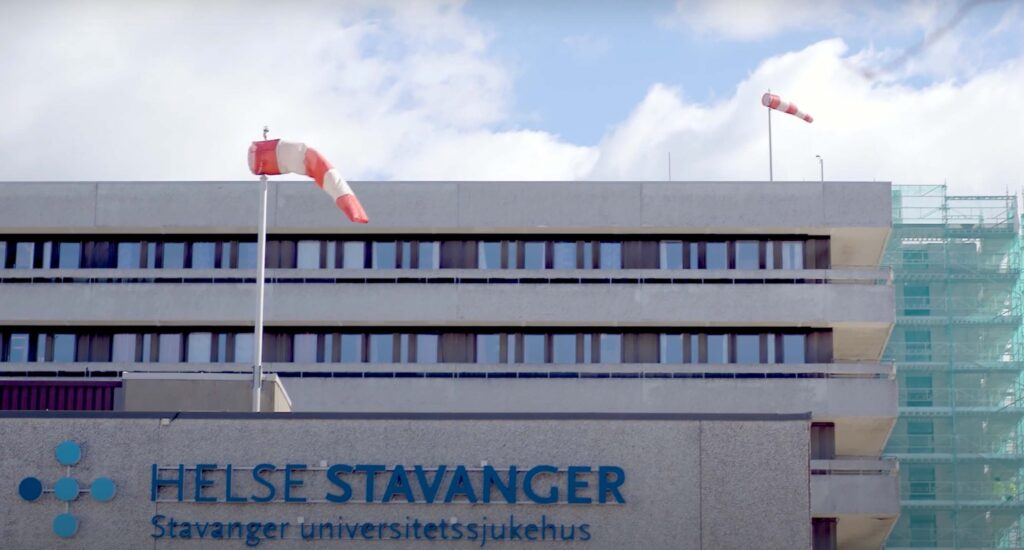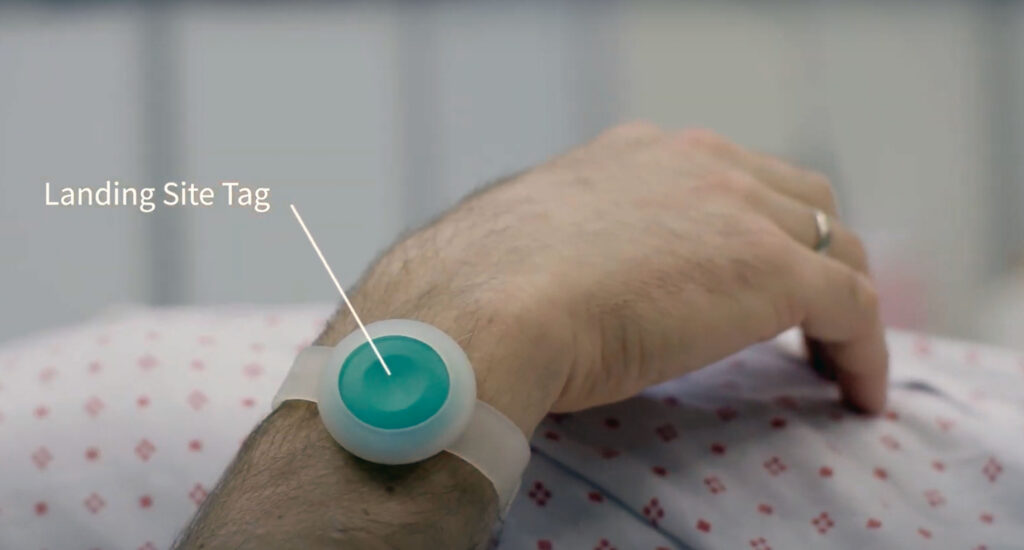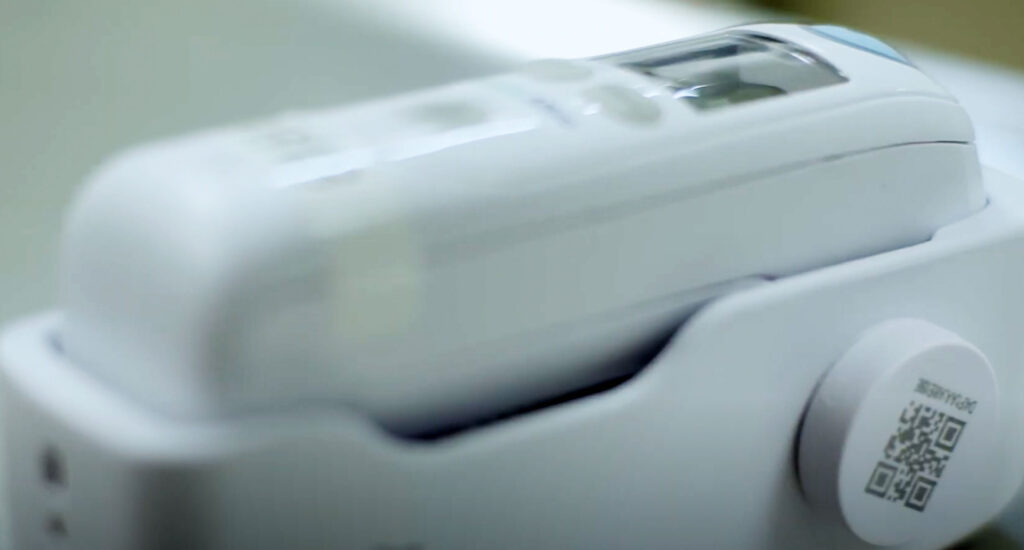Hospital profile

Stavanger University Hospital is one of Norway’s largest hospitals, with over 7,500 employees. The hospital has put a special effort into developing health and healthcare in the fourth industrial revolution and into promoting data-driven decision-making and processes. The hospital provides healthcare and medical services as well as research to a population of more than 330,000 people.
Stavanger University Hospital is planning a new hospital with 120,000 square metres of indoor space.
Space Management Challenges in Healthcare
Hospitals are constantly facing hard-to-resolve space utilisation issues and need to know how the space and rooms are used. Generally, more space is needed, but there is rarely a surplus of space. The management of Stavanger University Hospital wanted to improve and optimise the use of space. By optimising the size of the facilities, the hospital can provide more efficient treatment to patients. However, this has brought challenges.

Efficient healthcare services require functional facilities and smart solutions. In hospital environments, valuable medical assets and equipment can sometimes be difficult to find because relevant tracking data is not readily available when needed.
The hospital management wanted to explore ways to promote data-driven decision-making, boost productivity and space maintenance, and track valuable assets and equipment usage using the IoT and information obtained through sensors.
IoT Revolution: Solutions for Hospital
Haltian’s Empathic Building Hospital Solution enables Stavanger University Hospital to optimise space utilisation in its facilities and buildings by combining various smart technologies such as location tracking, temperature control and equipment maintenance.
The solution collects information about space usage using IoT sensor devices in the hospital. Haltian created a digital twin of the hospital building with a 3D model. The pilot platform was up and running in just one week.
Stavanger University Hospital has the world’s first accurate real-time positioning system in the emergency area, powered by Quuppa. Equipment, employees and patients can be tracked using simple tags with an accuracy of less than 50 cm.


Quantifiable impact: Results of IoT Integration
The Haltian Empathic Building Hospital Solution with the hospital 3D digital twin offers several benefits to Stavanger University Hospital. The Quuppa system enables accurate, continuous and dynamic tracking.
- Improves space usage and control of rooms and helps plan new hospital facilities to meet the actual needs of departments, clinics, healthcare professionals and patients.
- Gives control of specific equipment. Medical staff can quickly identify and locate valuable devices when needed.
- Improves preparedness to focus on patients.
- Provides solutions to achieve huge savings and boost cost-efficiency.
- Provides new tools to improve occupational and patient safety.
This IoT development project is truly an expedition, and our ultimate goal is to get more out of our daily operations and improve patient care. The youth clinic can, for example, operate in just 14 rooms in the new hospital, compared to 29 rooms at the moment, by looking into the space usage data.
IT Director Cato Hemvik, Stavanger University Hospital
To make sure the new hospital facilities really work, we can even test the timetable and rotation of patients, nurses and doctors with the digital twin. We have the potential to save hundreds of millions of Norwegian crowns with this project.”

Future Strategies: Advancing Hospital Operations
As a next step, the management of Stavanger University Hospital wants to analyse the results of the pilot project and better understand how the data collected by the IoT sensors can be used in the daily operations of the hospital.


